In the volatile world of car manufacturing, the difference between survival and collapse often comes down to a single model. Shifts in technology, consumer preferences, and economic circumstances mean that even legacy brands can teeter on the edge of bankruptcy.
However, some companies have managed to defy the odds, clawing their way back to relevance with a groundbreaking vehicle. These pivotal cars didn’t just perform well—they reshaped their company’s trajectory.
Below, we explore ten such vehicles that didn’t just save their brands, but became icons, setting the stage for long-term success in the competitive automotive industry.
1. Bentley Continental GT: Redefining Luxury for the Modern Era
When Bentley found itself losing relevance in the early 2000s, it needed a miracle. Under Volkswagen’s new ownership, the Continental GT became that savior. This grand tourer marked a clean break from Bentley’s past, introducing sleek styling and a potent W12 engine.
Its modern appeal attracted younger buyers and doubled Bentley’s sales within a year. The GT wasn’t just a car—it was a turning point. Variants like the Flying Spur and GT Speed followed, but it was this first model that set the tone for Bentley’s modern identity as a forward-thinking luxury powerhouse.
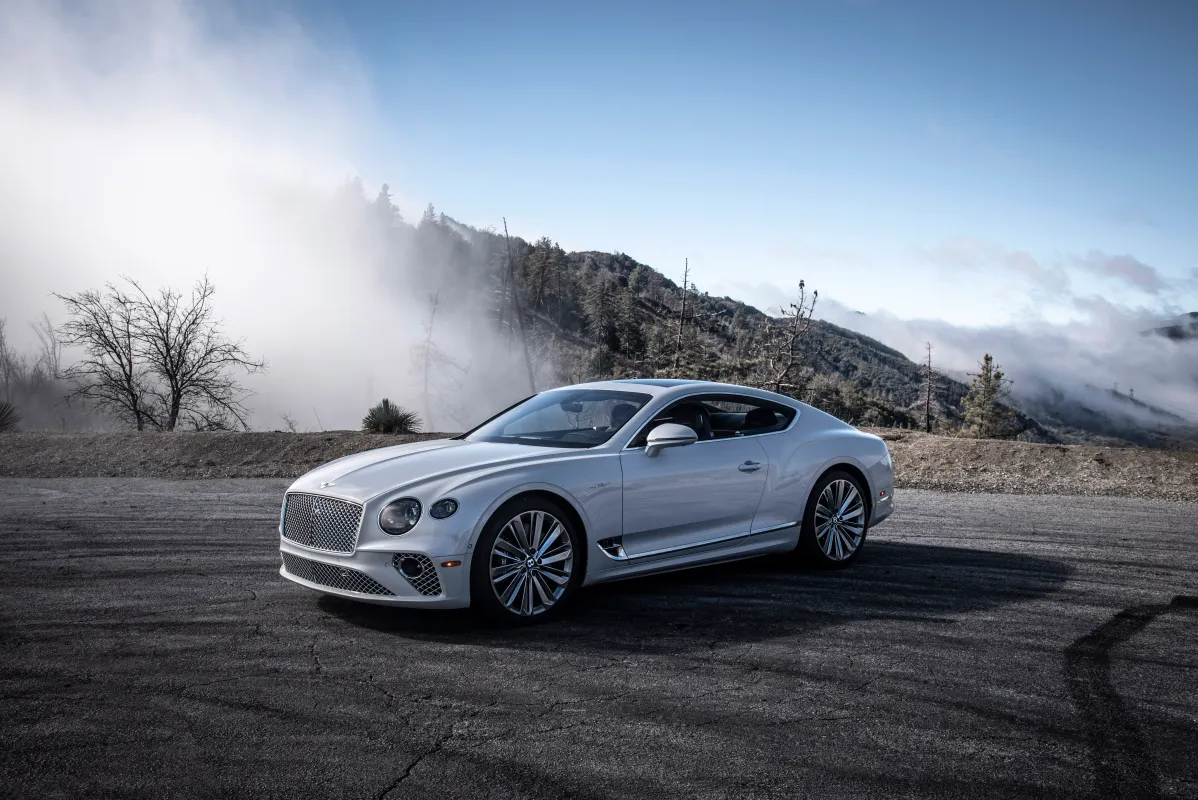
2. Fiat 500: The Tiny Titan That Mobilized a Nation
Post-war Italy needed a cheap, fuel-efficient car, and the Fiat 500 delivered in iconic fashion. Designed by Dante Giacosa, the rear-engined “Nuova” 500 was perfectly suited to Italy’s tight streets and tight budgets.
Its appeal, however, stretched far beyond Italy. The 500 became a symbol of economic recovery and helped Fiat expand into broader European markets. Its practicality, affordability, and charm turned it into an enduring icon.
Fiat successfully revived the model in 2007, proving its timeless appeal and design. The 500 didn’t just help Fiat survive—it cemented its place in automotive and cultural history.
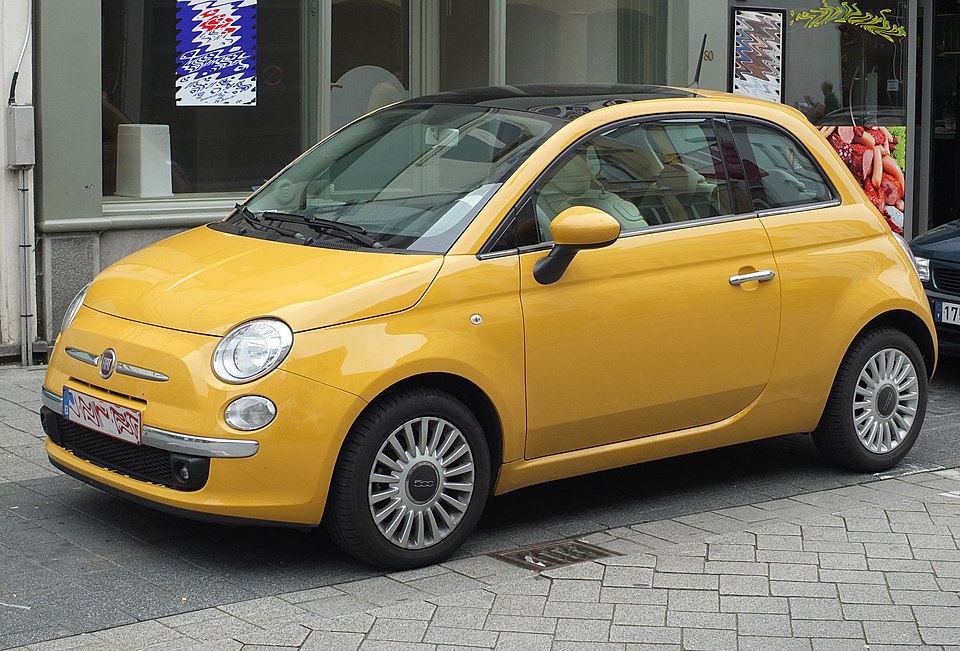
3. Volvo XC90: The Swedish SUV That Saved a Legacy
Volvo, once reliant on safe but aging sedans and wagons, faced falling sales by the early 2000s. The bold leap into the luxury SUV market with the XC90 proved to be exactly what the brand needed. Released in 2002, the XC90 was immediately praised for its safety, design, and family-friendly features.
Within just a few years, it was selling over 100,000 units annually and winning global awards. It introduced a new era for Volvo, proving it could compete in a premium SUV segment. More than just a vehicle, the XC90 became the cornerstone of Volvo’s modern global identity.
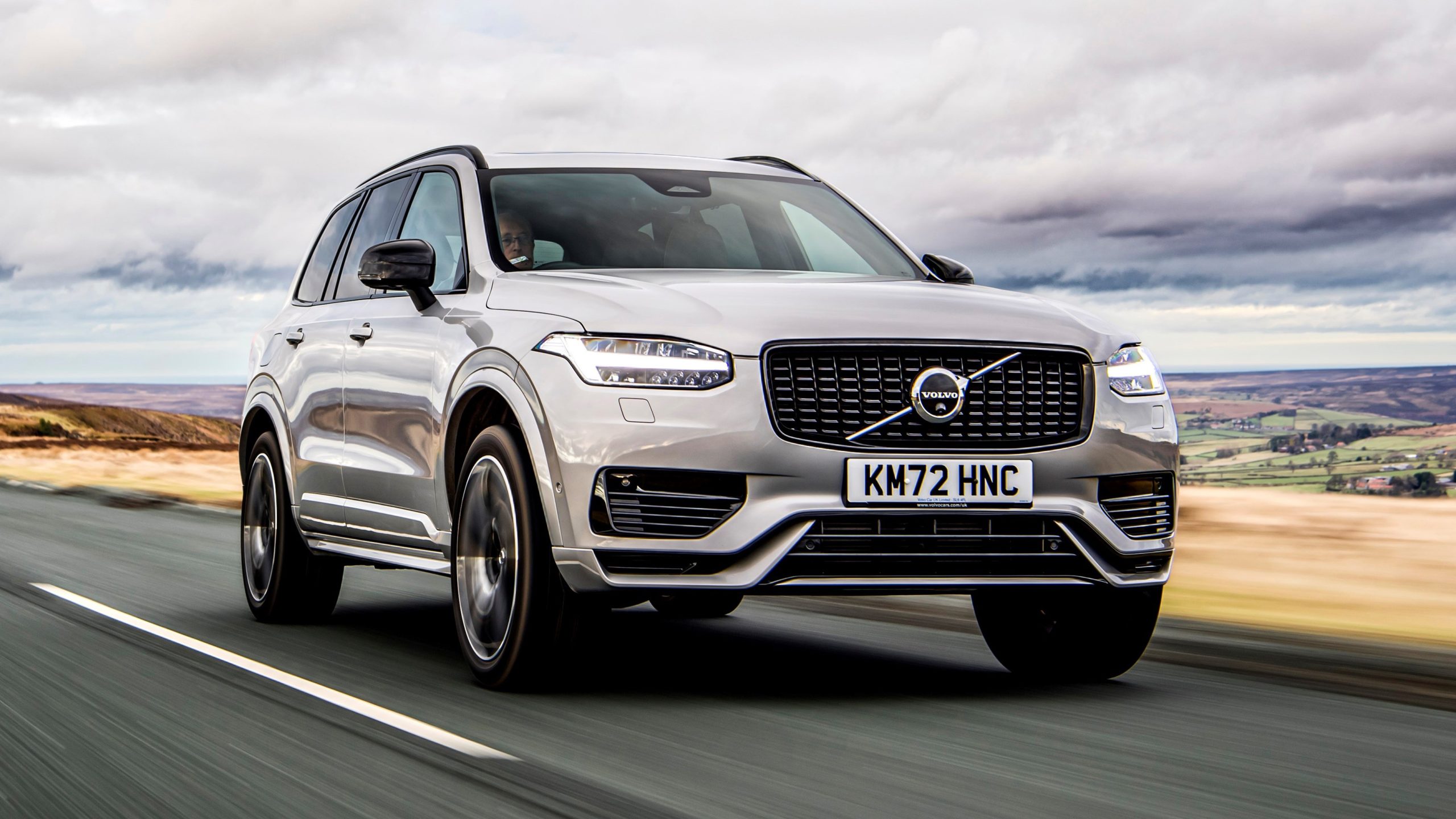
4. Lamborghini Gallardo: The Baby Bull That Brought Big Success
Despite legendary models like the Miura and Diablo, Lamborghini was financially unstable for decades. Under Volkswagen’s ownership, the 2003 Gallardo marked a strategic shift.
It introduced a smaller, more affordable entry point into the Lamborghini brand. Featuring a V10 engine and head-turning styling, the Gallardo was a runaway success. By the time production ended in 2013, it accounted for nearly half of all Lamborghinis ever made.
This car didn’t just boost sales—it redefined the brand’s market strategy and made Lamborghini accessible to a broader audience, setting the stage for future successes like the Huracán and Urus.
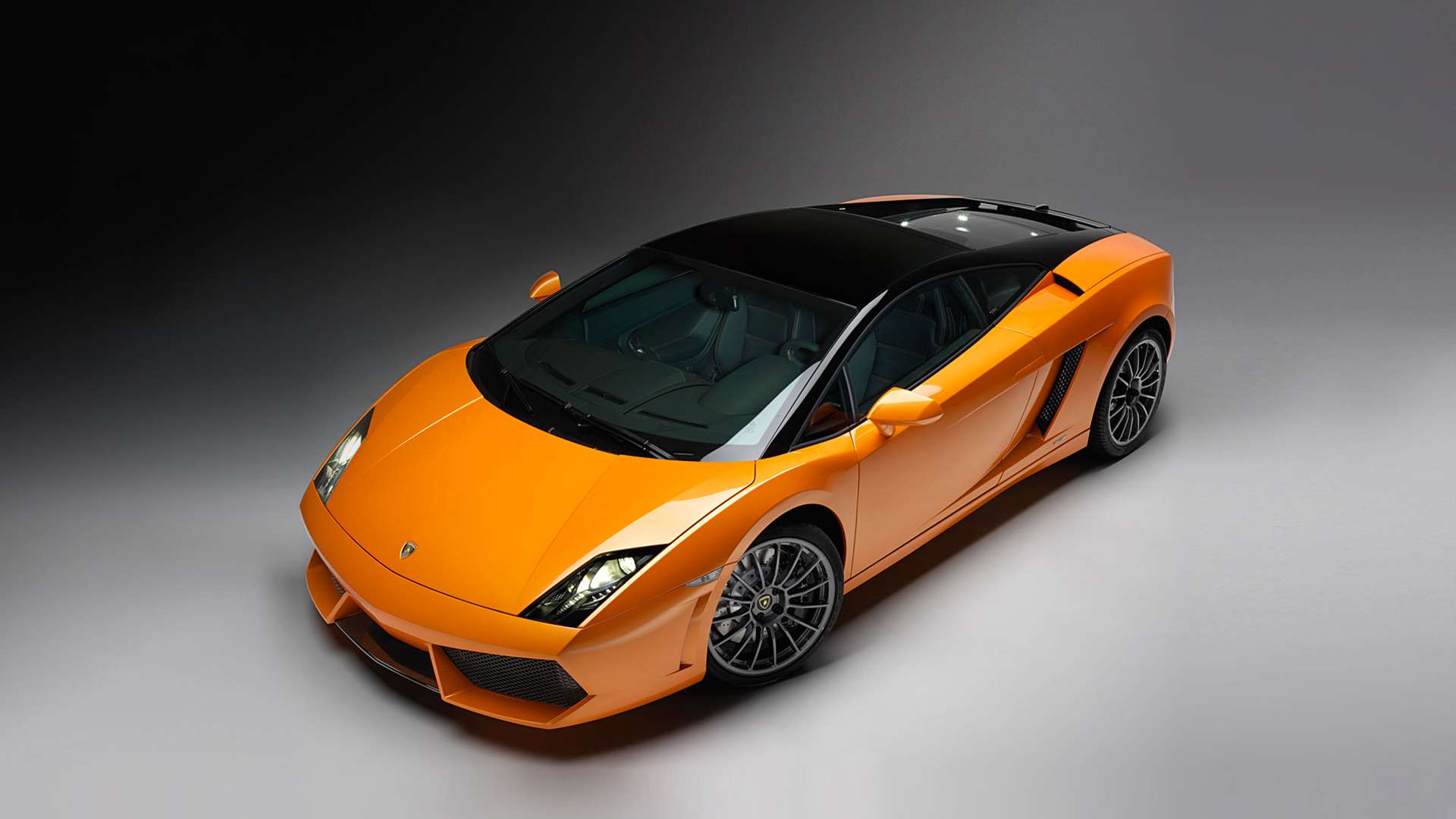
5. Porsche Boxster: Rebuilding the Brand from the Bottom Up
Porsche was in serious trouble during the early 1990s, struggling with a declining market and expensive, low-volume models. Enter the 1996 Boxster—a stylish, mid-engine roadster that was more affordable than the 911 but still very much a Porsche.
Its accessible price, sharp handling, and Porsche DNA helped it immediately resonate with buyers. By sharing parts with the 911, it also cut production costs.
The Boxster helped revitalize Porsche’s image, opened doors for future innovations, and laid the groundwork for the Cayenne SUV—a model that would later supercharge Porsche’s financial future.
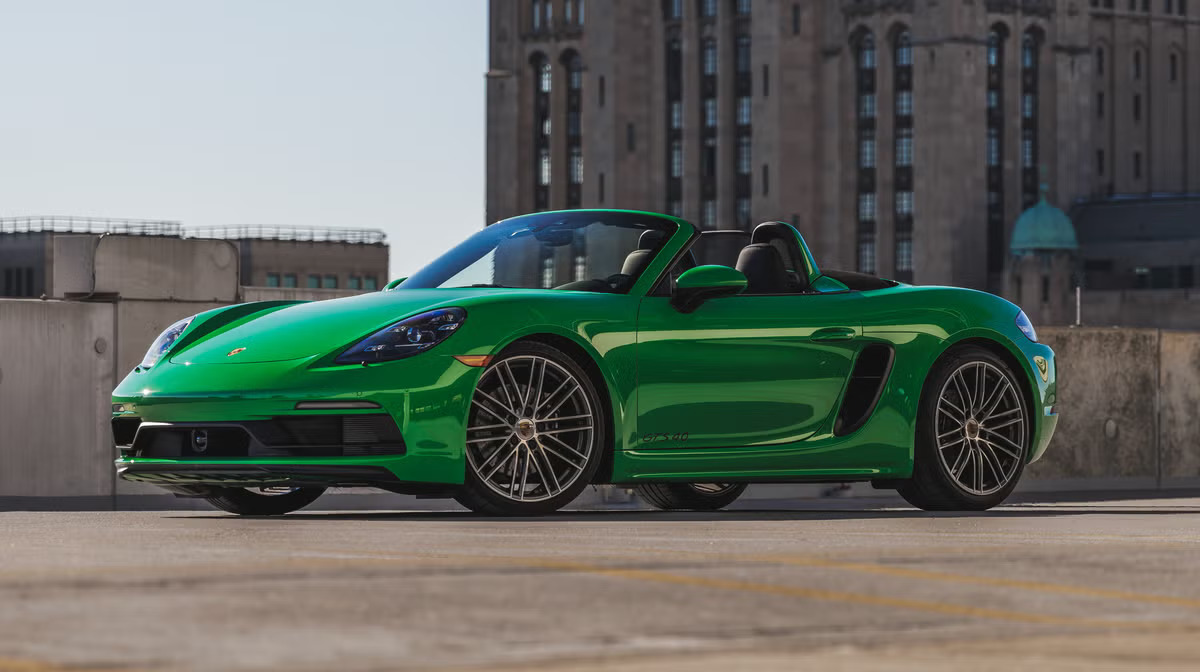
Also Read: 10 Best Diesel SUVs for Towing Long Distances in 2025 With Power and Efficiency
6. BMW 2002: Driving Into a New Era with Sporty Precision
During the 1960s, BMW faced uncertainty with cars that were too expensive for post-war Europe. The introduction of the 2002 in 1968 changed everything. A sportier version of the Neue Klasse sedans, the 2002 was quick, nimble, and affordable. It immediately caught the attention of American enthusiasts and became a cult classic.
The car’s success built BMW’s reputation as a maker of sporty, driver-focused vehicles. More than a hit, the 2002 laid the groundwork for the 3 Series and BMW’s status as the “Ultimate Driving Machine.” It was a turning point that defined the brand’s identity for decades.
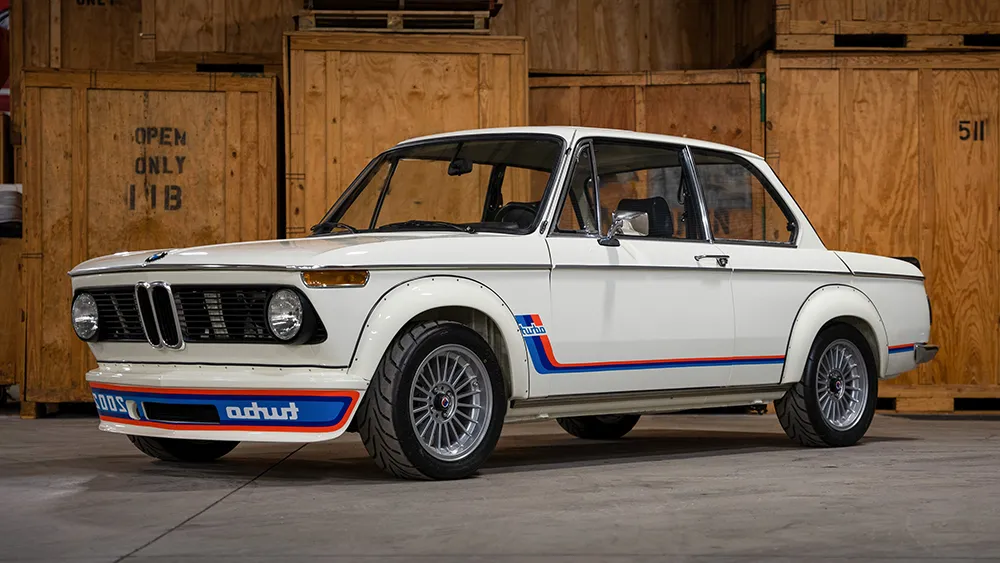
7. Mini Cooper: A Small Car with Massive Cultural Impact
Created in response to a fuel crisis in the late 1950s, the Mini Cooper was a masterclass in space efficiency and charm. Designed by Alec Issigonis for the British Motor Corporation, it introduced a transverse engine and front-wheel-drive setup that revolutionized small car design.
More than a practical solution, the Mini became a cultural symbol of the swinging ’60s. It was beloved for its fun handling and stylish simplicity. Its commercial success helped stabilize BMC during financial difficulties, and it remained a staple of British automotive life for decades, later revived under BMW’s stewardship with equal acclaim.
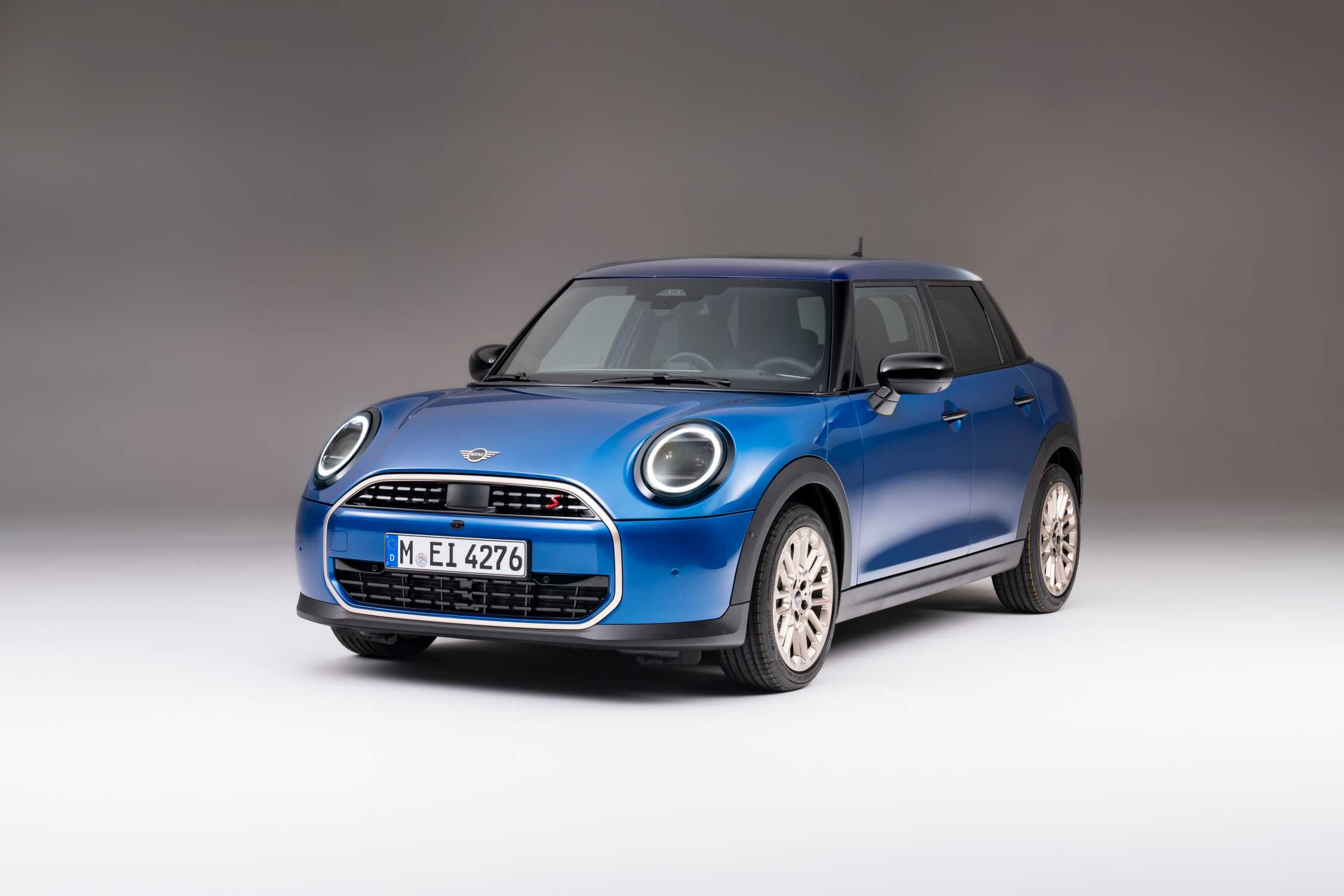
8. Dodge Caravan/Plymouth Voyager: The Birth of the Minivan
In the early 1980s, Chrysler needed a miracle to stay afloat. That miracle came in the form of the Dodge Caravan and Plymouth Voyager—vehicles that created the minivan segment.
Based on the front-wheel-drive K-car platform, these vans combined passenger space with the drivability and efficiency of a sedan. Their launch in 1984 was met with immediate success, selling hundreds of thousands of units and helping Chrysler recover from the brink of collapse.
These models changed the way American families traveled and dominated the segment for decades. They were a lifeline for Chrysler and a cultural staple of suburban life.
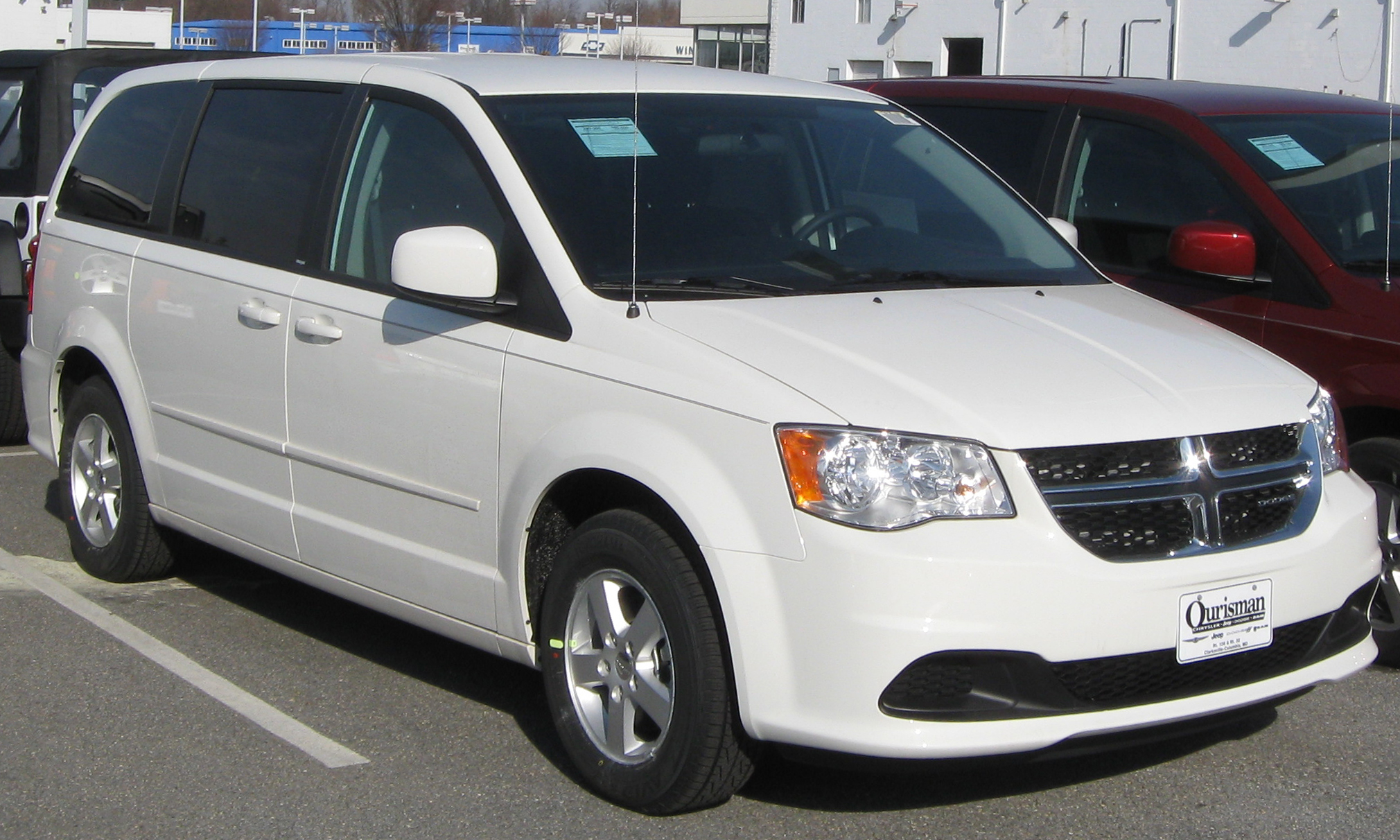
9. Mazda MX-5 Miata: The Roadster That Sparked Joy Worldwide
The Mazda MX-5 Miata emerged in 1989 as a bold attempt to revive the small roadster market. Inspired by classic British sports cars but imbued with Japanese reliability, the Miata was lightweight, simple, and incredibly fun to drive.
It resonated with car enthusiasts around the world, reviving Mazda’s brand and establishing it as a maker of “fun” cars. It wasn’t just about saving sales—it was about giving Mazda a new identity.
The Miata’s continued success across generations proves its enduring appeal. It became more than a car; it was a movement, and it saved Mazda from aimless drift.

10. Volkswagen Beetle: A Wartime Project Turned Global Phenomenon
Originally conceived before WWII, the Volkswagen Beetle’s rise to fame came post-war, thanks to British officer Ivan Hirst who restarted production. The Beetle became a global symbol of practicality, affordability, and quirky charm. Its simple design made it easy to maintain, while its approachable price made it a favorite worldwide.
The Beetle didn’t just put VW back on the map—it helped rebuild Germany’s post-war economy. It went on to become one of the best-selling cars of all time, shaping the identity of Volkswagen and influencing small car design across the industry for generations.
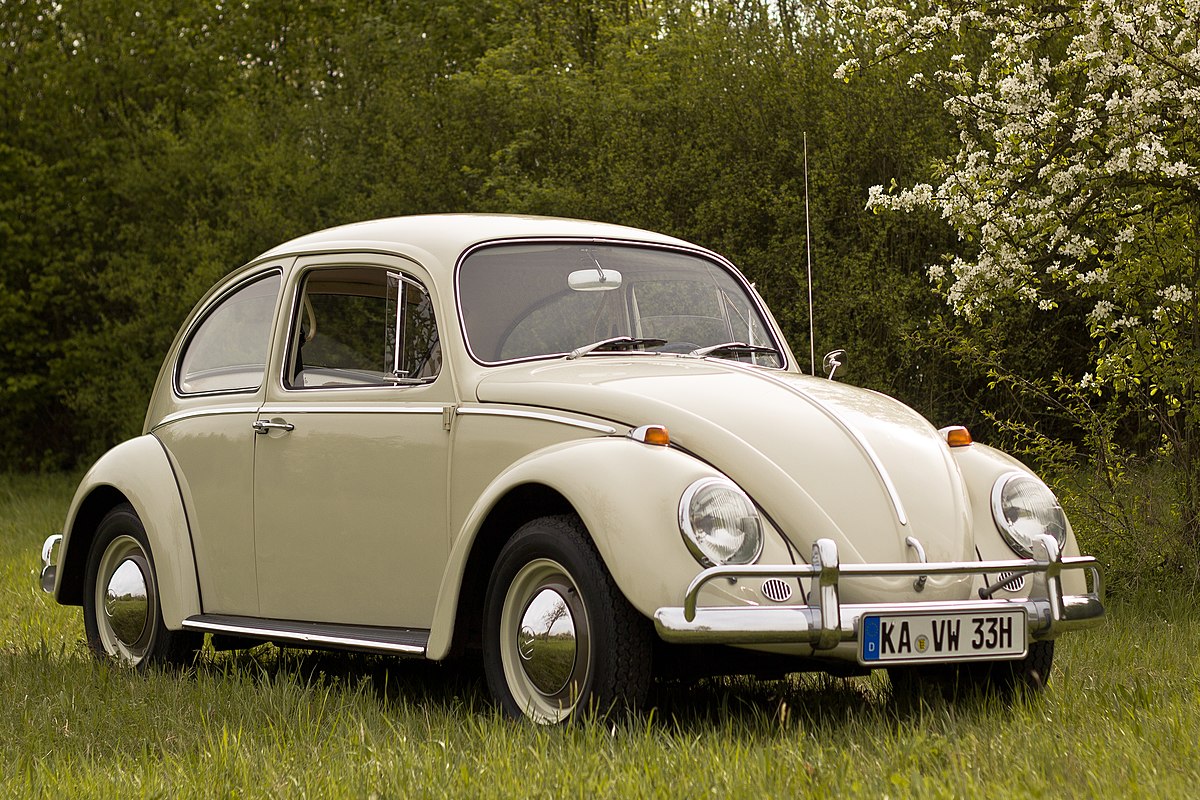
Each of these vehicles represents more than just a successful model—they are triumphs born from desperation; innovation forged in the fires of uncertainty. These cars didn’t merely drive profits; they reshaped public perception, introduced new segments, and defined eras.
Whether through pioneering design, perfect timing, or a mix of both, they steered their makers away from bankruptcy and toward lasting legacy.
From compact icons like the Mini to high-performance marvels like the Gallardo, they underscore the idea that sometimes, all it takes is one good car to change everything. Their stories continue to inspire the industry to this day.
Also Read: 10 Best Towing SUVs That Rarely Need Transmission Service

